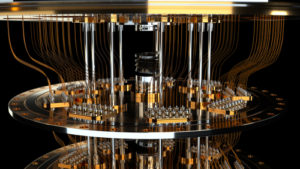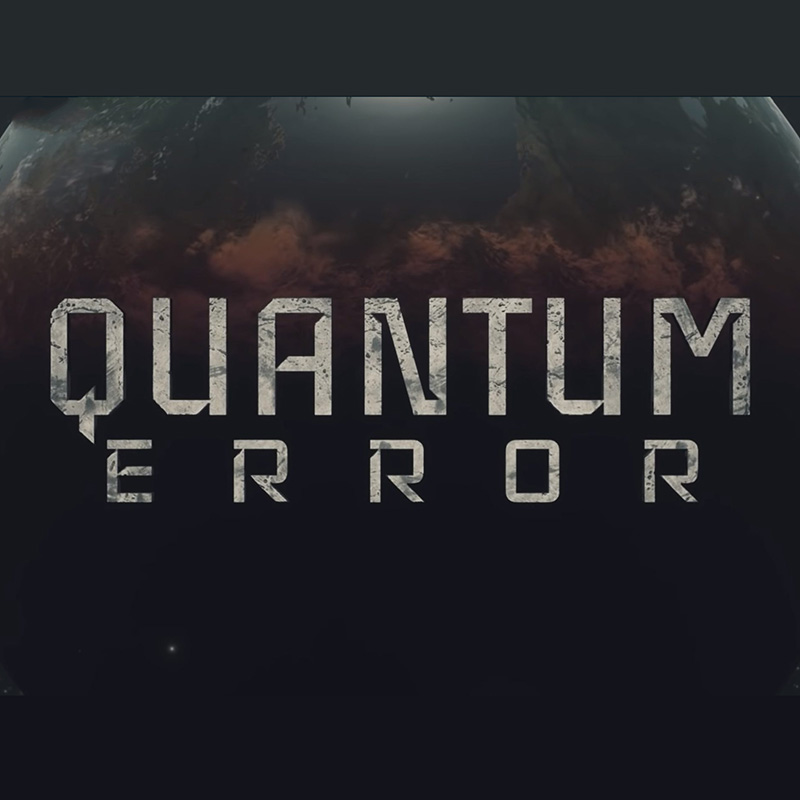


“Most of the work done now is to prove that quantum, in the future, may have the ability to solve interesting problems.” Fast-moving field “The stage of quantum computers now is something like classical computing in the late 1980s,” says Sara Metwalli, a quantum-computing researcher at Keio University in Tokyo. Peter Selinger, a mathematician and quantum-computing specialist at Dalhousie University in Halifax, Canada, estimates that computers will need several thousand qubits before they can usefully model chemical systems. But this ‘quantum advantage’ applied only to an extremely narrow situation. In 2019, Google demonstrated that its 54-qubit quantum computer could solve in minutes a problem that would take a classical machine 10,000 years. Even the fastest quantum computers today have no more than 100 qubits, and are plagued by random errors. Chemists could, for instance, use quantum computers to speed up the identification of new catalysts through modelling. Those properties empower quantum computers to solve certain classes of problem more quickly than classical computers. Quantum computing also exploits properties such as entanglement, in which changing the state of one qubit also changes the state of another, even at a distance. Unlike binary bits, qubits can exist as a ‘superposition’ of both 1 and 0, resolving one way or the other only when measured. Logic gates, the building blocks of computation, are arrayed on a digital canvas, transforming inputs into outputs.īut this is a quantum circuit, and the gates modify not the usual binary 1 or 0 bits, but qubits, the fundamental unit of quantum computing. If you’re interested in more about quantum computing, check out this How Stuff Works article.To the untrained eye, a circuit built with IBM’s online Quantum Experience tool looks like something out of an introductory computer-science course. This is really cool stuff and I’m glad Microsoft is at the forefront of this research!! Please visit this New York Times article for more information and the full interview by John Markoff. Mundie said the idea struck him as the kind of gamble the company should be pursuing. Freedman, who has won both the Fields Medal and a MacArthur Fellowship and is widely known for his work in the mathematical field of topology, approached Craig Mundie, one of Microsoft’s top executives, and convinced him there was a new path to quantum computing based on ideas in topology originally proposed in 1997 by the physicist Alexei Kitaev. Microsoft began supporting the effort after Dr. Most important, the mathematics of their motions would correct errors that have so far proved to be the most daunting challenge facing quantum computer designers. Microsoft is pursing a slightly different form of quantum computing known as topical quantum computing, precisely controlling the motions of pairs of subatomic particles as they wind around one another would manipulate entangled quantum bits.īy weaving the particles around one another, topological quantum computers would generate imaginary threads whose knots and twists would create a powerful computing system. However in 2006, Microsoft created the Station Q research group at the University of California, Santa Barbara to study quantum computing. Mostly forgotten by the corporate world, only the NSA and DOD were interested in quantum computing.

Quantum computing has been around since 1982, when first introduced by the physicist Richard Feynam. But quantum computing is based on qubits, which simultaneously represent both zero and one values. If they are placed in an “entangled” state - physically separated but acting as though they are connected - with many other qubits, they can represent a vast number of values simultaneously. Traditional semiconductor computing is based on a bit that can be either a 1 or a 0, representing a single value in a computation. According to the International Technology Roadmap for Semiconductors, that growth is expected to slow to every 3 years starting in 2014. But how long can that last? Will we reach a physical limit of our technology? Yes, and we will reach it sooner than you think. Moore’s law states that processor speeds double every 2 years (often quoted as 18 months based on Intel’s assertions). In a world dominated by bigger, faster, stronger scientists are always looking for ways to improve on current technology. Our industry experts have collected the latest application modernization trends impacting the automotive, financial services, healthcare, and manufacturing verticals. Application Modernization Industry Quick GuidesĪpplication modernization enables you to optimize business processes and transform the way you do business today, and in the future.


 0 kommentar(er)
0 kommentar(er)
